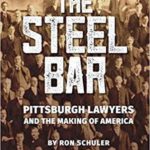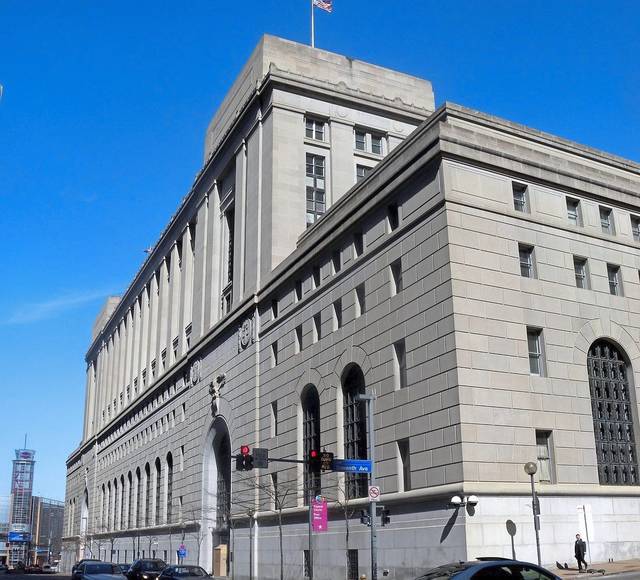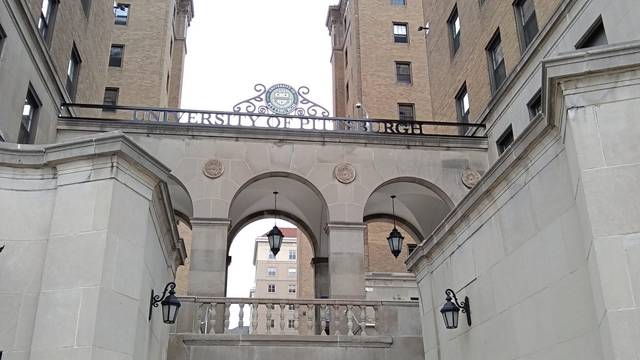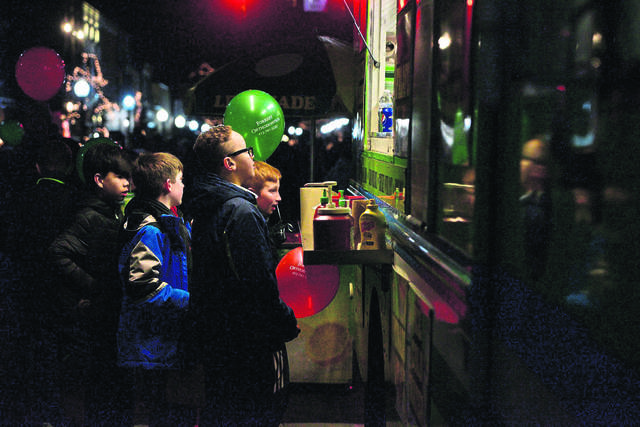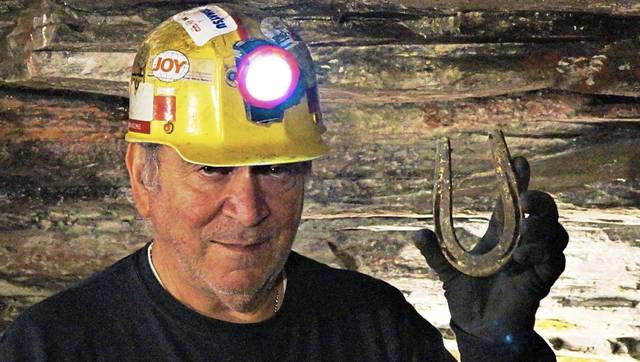Long before headline-grabbing attorneys basked in the spotlight of television cameras, there were lawyers like Thomas Mercer Marshall.
In the early 19th century, Marshall traveled the Perrysville Plank Toll Road between present day West View and Pittsburgh’s North Side nearly every day. Dismayed that the road was deteriorating, took matters into his own hands.
He didn’t sue anyone.
Instead he took an ax to the road’s toll gate, an act that wasn’t considered to be unduly controversial.
“There was a sense that he was doing it from a standpoint of being legally right, and you had to respect what he had done,” says Ron Schuler, author of “The Steel Bar: Pittsburgh Lawyers and the Making of America” (Marquez Press).
“The Steel Bar” is a detailed history of the law in Allegheny County. Schuler, the member in charge of the Pittsburgh office of Spilman,Thomas & Battle, moved here from Los Angeles 30 years ago. As a hobby he started collecting stories about the people who transformed the bar from its rustic origins to a well-appointed legal system.
In Marshall’s day, a lawyer not only had to be a skilled orator, but also be able to traverse long distances on country roads via horseback and defend himself, sometimes with physical force.
In contrast, the manual tasks attorneys must be skilled at today include data processing and data management.
“It’s a very different world,” Schuler says. “You read these stories and a lot of them are in these old dusty histories on reference shelves in corners of libraries, the stories of lawyers riding across the landscape to get from one trial to another in another courthouse somewhere, and arriving just in time to take control of the trial and deliver the closing statement that saves the defendant from a terrible fate.”
Schuler’s research included trips to local libraries. He also visited the U.S. National Archives and the National Museum of Jewish History in Washington, D.C. and even a storage shed in Brooklyn. There, he found information about Jacob Margolis, who represented the International Workers of the World and was disbarred by the Allegheny County Bar Association for admitting to be an anarchist.
The dark side of Pittsburgh’s legal community was its reluctance, if not unwillingness, to admit African-Americans, Jews, women, and ethnic groups to the bar. Through the early decades of the 20th century, there were few lawyers in Pittsburgh that weren’t white, Anglo-Saxon, and Christian. Men such as Michael Musmanno, an Italian immigrant, and Henry Clayton Ellenbogen, a Jew who emigrated to Pittsburgh from Vienna, Austria, had to overcome hurdles their peers didn’t simply because of their heritage.
“The people who were in charge of the elite bar, not only were they in charge of it for all the purposes you would think of, to stabilize the unwieldy economy and create order out of chaos,” Schuler says, “but they were also very careful about who they wanted to let in. … They were afraid. Their interest was in civility, their interest was in order, and there was a sense of disorder in allowing these other people, whose values they were not certain of.”
But after diversifying, the legal community became known for its willingness to embrace change. Lawyers such as Musmanno and Ellenbogen became public figures.
“Frequently newspapers didn’t cover lawyers, and it was because lawyers didn’t want to be covered,” Schuler says. “Most often, there would be a quote of someone saying the family’s lawyer said, rather than the family’s lawyer at named so and so at such and such a firm. The firm was never mentioned. Only in the last 25 years has a law firm become a relevant reference point for readers of news.”





